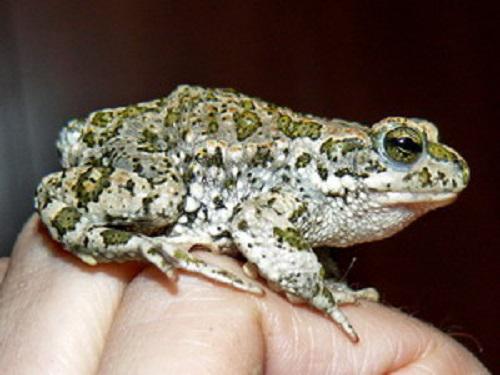Kvartalnov Pavel Valeryevich
Other projects
28 Mar 2011
Tugay Forests in Tajikistan: The Last Remainders of Globally Endangered Ecosystem
The aim of the project is to study hydrophyle fauna and flora of Tajik Pamir mountains, its ecology features and possible threats, develop effective protect measures.

Bufo baturae – a triploid toad species inhabiting Pamir Mountains.
We plan to collect information about current animal and plant diversity of hydrophile ecosystems in South-Western part of Tajik Pamir Mountains. The first key group will be Passerine birds, including vulnerable Acrocephalus orinus (Badakhshan endemic) and weakly studied Phylloscopus sindianus. The second species is interesting because it became common in Badakhshan river valleys only from the middle of XX century; it shows the most conspicuous change in non-anthropogenic regional avifauna in recent times. We shall get new data about breeding biology, behaviour and distribution of these species. We shall describe plant composition and insect richness in several plots to define preferences of A. orinus and Ph. sindianus, and to clear the current condition of riverside forests and bushes communities at different levels of exposure to human activities.
%20in%20the%20nest/dff5c607b624f3a422de6a192777eb73.jpg)
A young Large-billed Reed Warbler (Acrocephalus orinus) in the nest.
The second key group will be crustaceans and molluscs inhabit hot and mineral springs. It is known that they have high levels of endemism in such ecosystems, but last studies of freshwater invertebrate communities at Pamir were carried out in 1930-1940-s years. So we expect that many species of rivers and springs at Badakhshan still remain undiscovered. We shall describe species diversity and their abundance. Also we shall get information about vertebrate animal and plant species richness of chosen ecosystems at larger territory than in 2011 year. We hope to formulate concrete propositions for further conservation of hydrophile ecosystems in the region. This work is an immediate continuation of our 2011 year project and involves scientists from Russia and Tajikistan.

Alichur swamp.